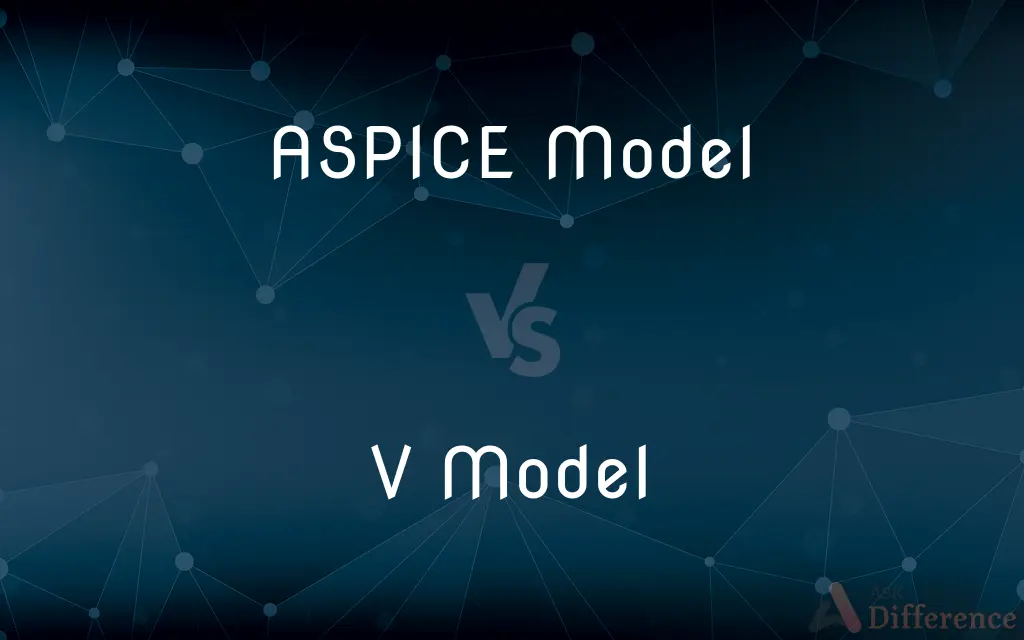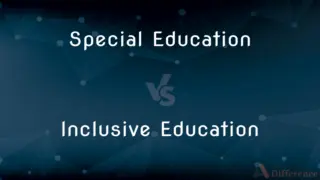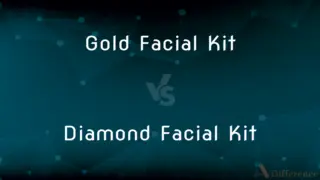ASPICE Model vs. V Model — What's the Difference?
By Tayyaba Rehman — Published on January 28, 2024
ASPICE Model is a framework for automotive software development and quality management, while the V Model is a software development process emphasizing validation and verification.

Difference Between ASPICE Model and V Model
Table of Contents
ADVERTISEMENT
Key Differences
The Automotive Software Process Improvement and Capability dEtermination (ASPICE) Model is a standard tailored for the automotive industry, focusing on improving and evaluating software development processes. The V Model, conversely, is a general software development model that describes a process of development in a sequential manner, emphasizing validation and verification at each stage.
ASPICE is specifically designed for the automotive sector, ensuring that software meets stringent quality and safety standards required in automotive development. The V Model, while not industry-specific, is widely used in various software development projects, known for its simplicity and clarity.
In ASPICE, the process involves a detailed assessment and improvement mechanism for software development, making it more comprehensive in terms of process management. The V Model outlines a step-by-step process where each development phase is associated with a corresponding testing phase, forming a 'V' shape.
ASPICE provides a framework for process capability level assessment, which is critical in the automotive industry for ensuring compliance with international standards. The V Model, on the other hand, is more focused on the execution of software development and testing phases, not on capability assessment.
While ASPICE is more about process improvement and capability assessment in a specific sector, the V Model is about a structured approach to software development, making it more versatile but less specialized compared to ASPICE.
ADVERTISEMENT
Comparison Chart
Industry Focus
Automotive software development
General software development
Key Emphasis
Process improvement, capability assessment
Sequential development with validation and verification
Specificity
Tailored for the automotive industry
Applicable across various industries
Process Approach
Detailed assessment and improvement
Structured, step-by-step process
Primary Objective
Ensuring compliance with automotive standards
Ensuring thorough development and testing
Compare with Definitions
ASPICE Model
Focuses on evaluating and improving software development capability.
The ASPICE Model helps us assess our software development capabilities effectively.
V Model
Each development phase corresponds to a testing phase.
In the V Model, our testing phases directly correlate with development stages.
ASPICE Model
Ensures quality and safety in automotive software.
Adhering to the ASPICE Model is crucial for maintaining high safety standards in our software.
V Model
Widely applicable across various industries.
The versatility of the V Model makes it suitable for many of our diverse software projects.
ASPICE Model
Used for compliance with international automotive software standards.
Our compliance with the ASPICE Model demonstrates our commitment to international standards.
V Model
A software development model emphasizing sequential validation and verification.
Using the V Model, we ensure each development phase is properly tested.
ASPICE Model
A framework for automotive software process improvement.
We use the ASPICE Model to enhance our automotive software development processes.
V Model
Focuses on thorough development and testing.
The V Model's emphasis on testing ensures the reliability of our final product.
ASPICE Model
Tailored specifically for the automotive industry.
The ASPICE Model's automotive-specific guidelines aid us in meeting industry standards.
V Model
Known for its structured approach to software development.
The V Model provides a clear and structured path for our software projects.
Common Curiosities
What is the primary goal of the ASPICE Model?
To improve and assess automotive software development processes.
How does the ASPICE Model ensure safety in software?
By setting stringent standards and processes tailored for automotive software safety.
Is the V Model good for complex software projects?
Yes, its structured approach can be beneficial for managing complex projects.
Can the ASPICE Model be used outside the automotive sector?
It's specifically designed for automotive, so its applicability is limited outside this sector.
Is the V Model specific to any industry?
No, it's a general software development model used across various industries.
Can the V Model be integrated with other software methodologies?
Yes, it can be adapted or combined with other methodologies.
Does the ASPICE Model require specialized training?
Understanding its specific automotive focus may require some specialized knowledge.
Is the ASPICE Model compliance mandatory in automotive software development?
While not mandatory, it's highly recommended for quality and safety standards.
Does the V Model facilitate easy identification of errors?
Yes, due to its sequential and correlated development and testing phases.
Are there different levels in the ASPICE Model?
Yes, it includes different capability levels for process assessment.
How does the ASPICE Model affect the software development lifecycle?
It provides a structured framework, improving the overall development lifecycle.
Can startups use the V Model effectively?
Yes, its clarity and structure can be beneficial for startups.
Is the V Model suitable for agile development?
It's more linear and less flexible compared to agile methodologies.
How does the V Model handle changes during development?
It's less flexible in handling changes compared to iterative models.
Are there certifications available for the ASPICE Model?
Yes, professionals can get certified in ASPICE for better implementation.
Share Your Discovery

Previous Comparison
Special Education vs. Inclusive Education
Next Comparison
Gold Facial Kit vs. Diamond Facial KitAuthor Spotlight
Written by
Tayyaba RehmanTayyaba Rehman is a distinguished writer, currently serving as a primary contributor to askdifference.com. As a researcher in semantics and etymology, Tayyaba's passion for the complexity of languages and their distinctions has found a perfect home on the platform. Tayyaba delves into the intricacies of language, distinguishing between commonly confused words and phrases, thereby providing clarity for readers worldwide.
















































